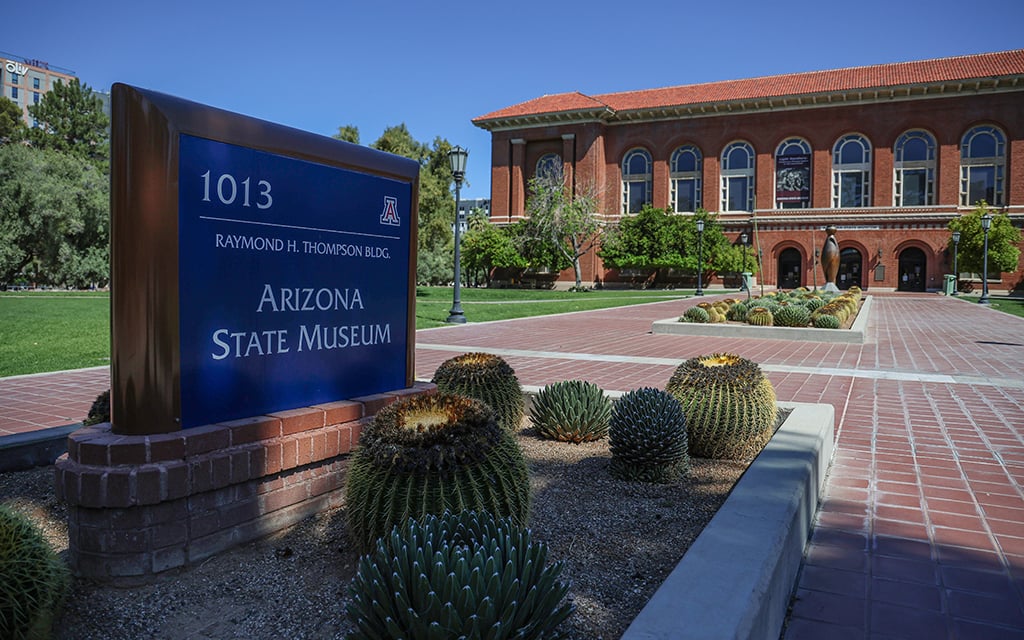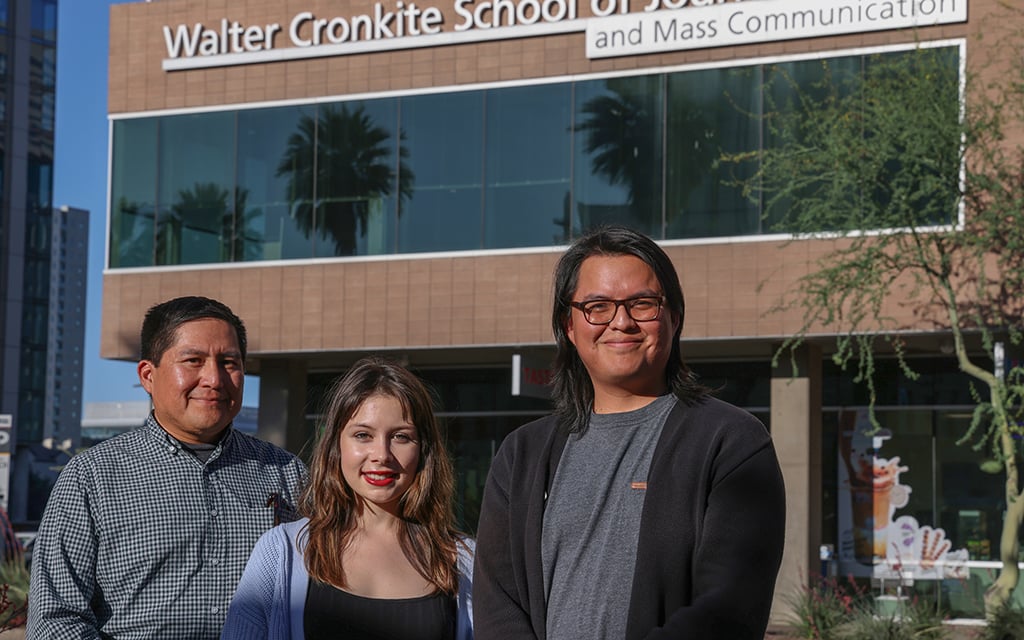PHOENIX – The Native American Graves Protection and Repatriation Act of 1990 outlines a process by which tribes can reclaim ancestors and artifacts that were taken from their ancestral homelands.
The law’s major stakeholders include the nation’s 574 federally recognized tribes and villages, federally funded archeological institutions and museums, and federal agencies.
The law requires agencies and institutions to inventory their collections of Native American remains and artifacts, identify present-day tribes to whom they might belong and then consult with tribes about returning them home.
Federal agencies or institutions that have inventoried collections of Native American remains and identified present-day descendants to whom they should be returned publish notices in the Federal Register naming the tribes.
A Notice of Inventory Completion is published when an institution has inventoried human remains and burial artifacts. A Notice of Intended Repatriation is published when an institution has inventoried artifacts that are not associated with a burial.
The law requires institutions to consult frequently with tribes about the manner in which remains and artifacts should be returned to them.
The National Park Service, a division of the Department of the Interior, administers NAGPRA. The park service tracks the number of remains and artifacts that have been made available to be returned to tribes and those that haven’t.
The park service awards grants to both tribes and institutions annually to help defray the costs of inventorying collections and returning them in a respectful manner.
The NAGPRA review committee, representing tribes and institutions, meets annually to settle disputes and make recommendations to the park service and to Congress.
The committee has for years called on Congress to appropriate more money to assist with repatriation, a recommendation that both tribes and institutions support.
New rules that went into effect in January give institutions five years to inventory their collections and make it easier for tribes to claim an affiliation that leads to repatriation. The new regulations were adopted, in part, to speed up the slow process of repatriation.
Source: National Park Service




